Halloween Sounds - Screaming Cup
This is the perfect sound effect to carry door-to-door on your trick or treat adventure.
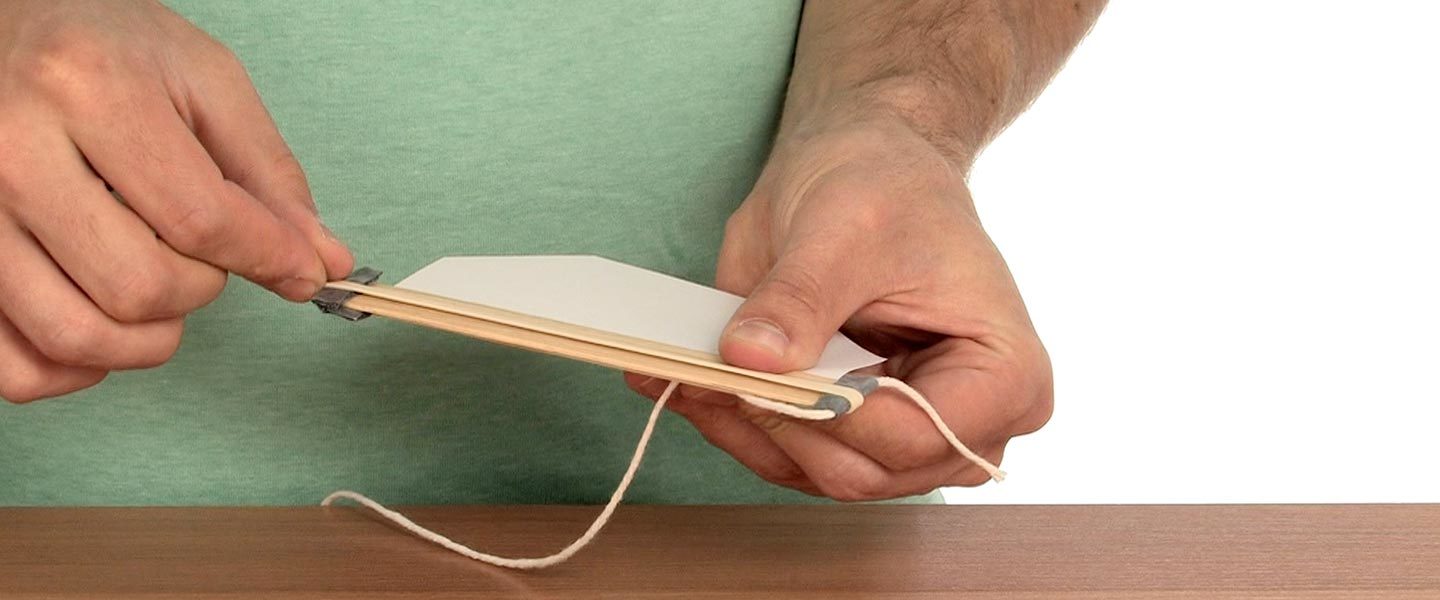
Do you like to make a ton of noise? The Buzzing Noise Maker experiment is perfect for you! The greatest aspect of the Buzzing Noise Maker is that, while you’re attracting quite a bit of attention and making all that noise, you can explain it simply by saying, “Hey! Steve Spangler is teaching me about the science of sound.”
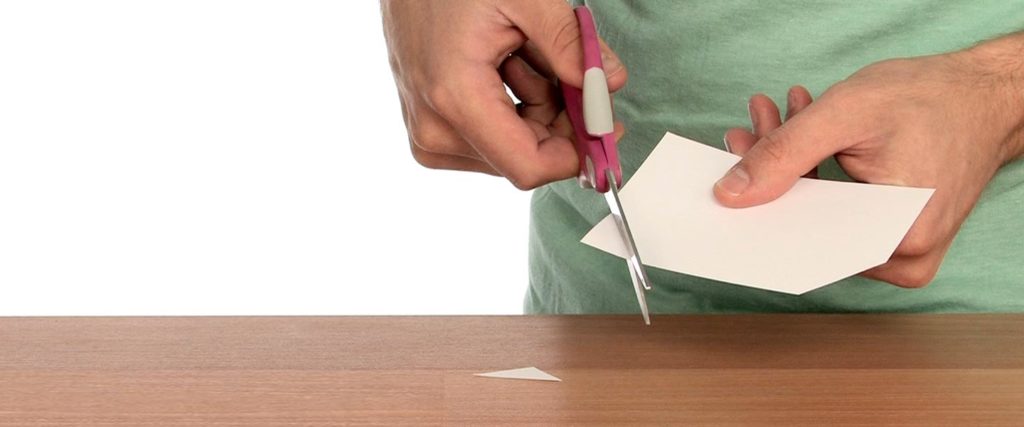
Use scissors to cut two of the corners off of a long side on the index card.
Cut two pieces of adhesive foam to be about 2 cm x 5 cm.
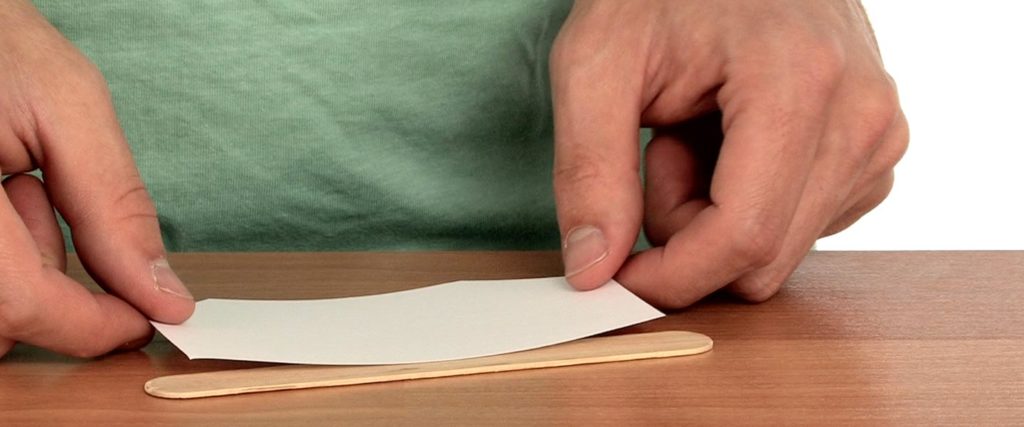
Place the jumbo craft stick on the long, uncut end of the index card. Only half (lengthwise) of the craft stick should be touching the index card.
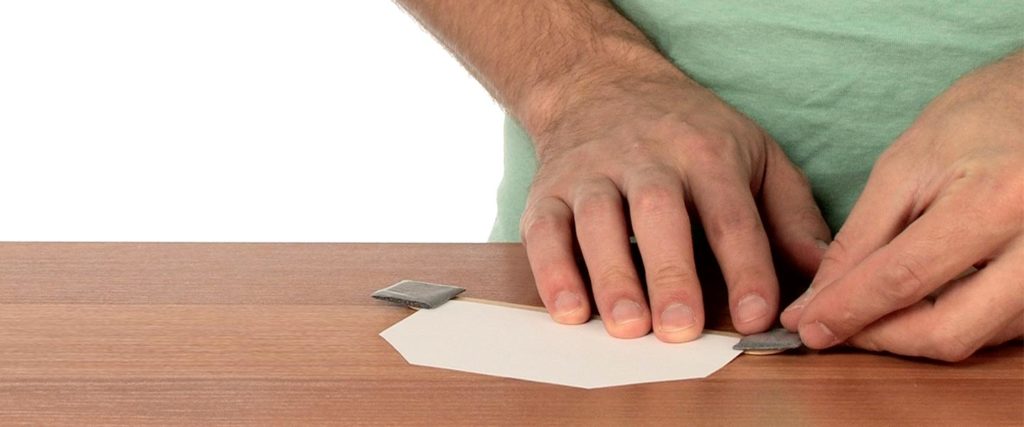
Fold one piece of the adhesive foam around the end of the craft stick and index card to hold them in place.
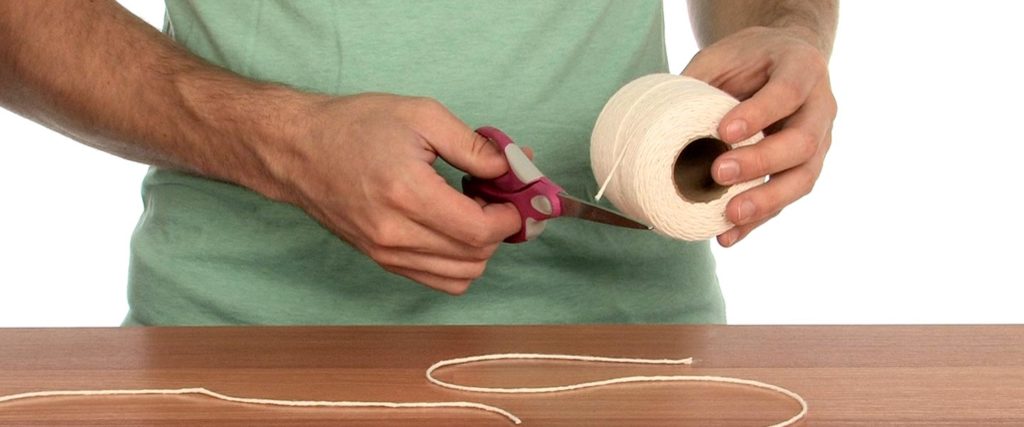
Use the scissors to cut a length of string or yarn to 1 meter. Lay the string across the second piece of adhesive foam. Leave 5-10 cm on one side of the foam.
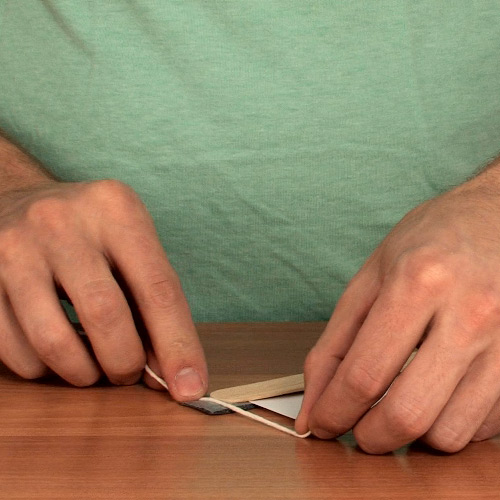
Fold the second piece of foam with the string around the other end of the craft stick and index card.
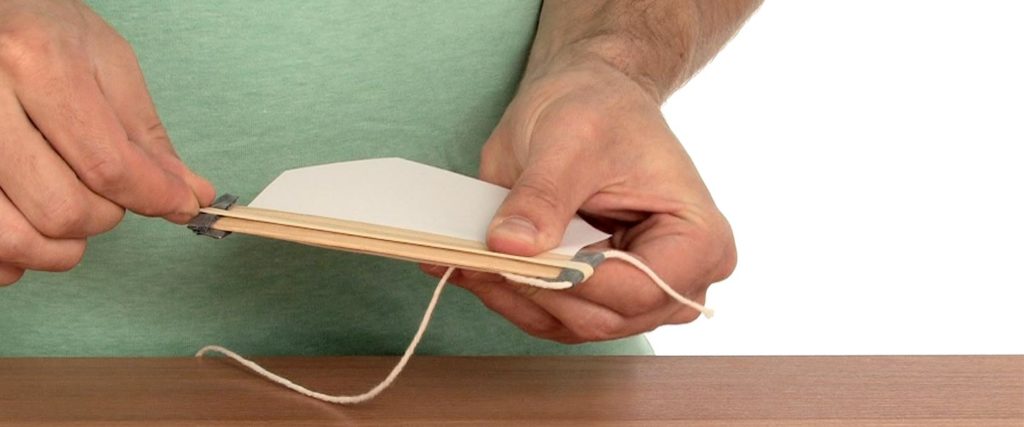
Stretch a wide rubber band over each of the foam pieces ensuring that the rubber band isn’t twisted.
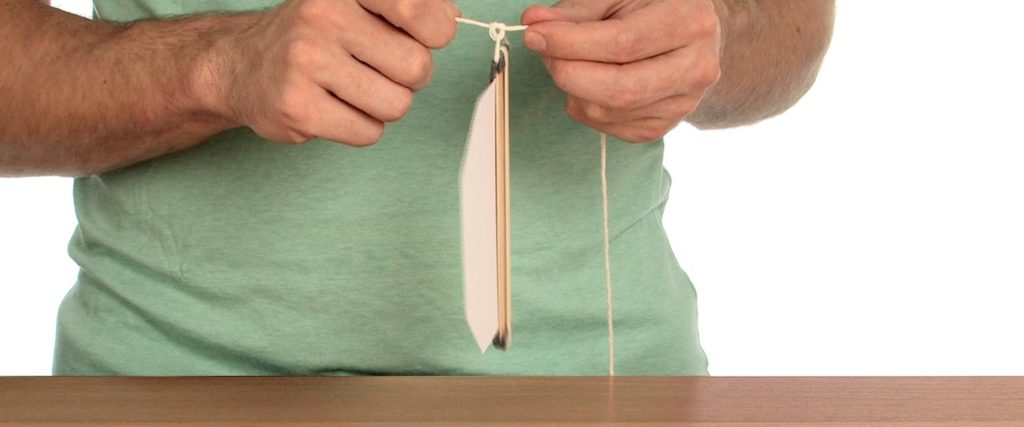
Tie off the end of the string, to hold the string in place and trim any excess string on the short end.
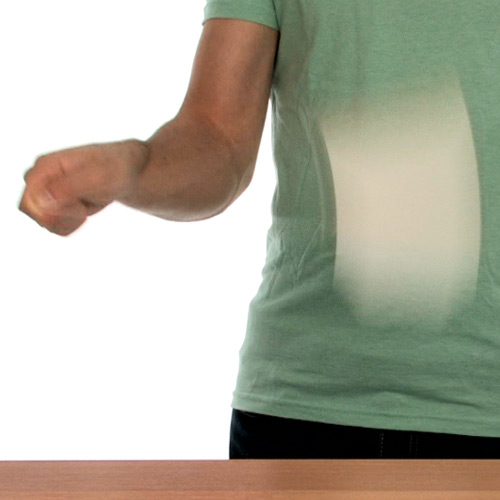
Twirl the Buzzing Noise Maker overhead. What do you hear?
The sound made by your Buzzing Noise Maker is produced by the rubber band vibrating against the craft stick. The vibrations are caused by air movement around the rubber band and are maximized when the Buzzing Noise Maker is moving parallel to your twirling motion. The apparatus itself is designed so that aerodynamic drag will keep the Buzzing Noise Maker parallel to air flow.
You may have noticed that the speed of your twirl directly effects the pitch of the noise made by your Buzzing Noise Maker. The faster you spin your Buzzing Noise Maker, the higher the pitch produced by the vibrating rubber band.
Now try twirling your Buzzing Noise Maker the other direction. Can you twirl the Buzzing Noise Maker backwards? Why or why not?
Creating and twirling a Buzzing Noise Maker is pretty cool, but it isn’t a science fair project, yet. You can create a science fair project by identifying a variable, or something that changes, in this experiment. Let’s take a look at some of the variable options that might work:
These are just a few ideas, but you aren’t limited to those! Give them a try. Remember, you can only change one thing at a time. If you are testing a different shapes of index cards, make sure that the other factors are remaining the same as you make your observations!